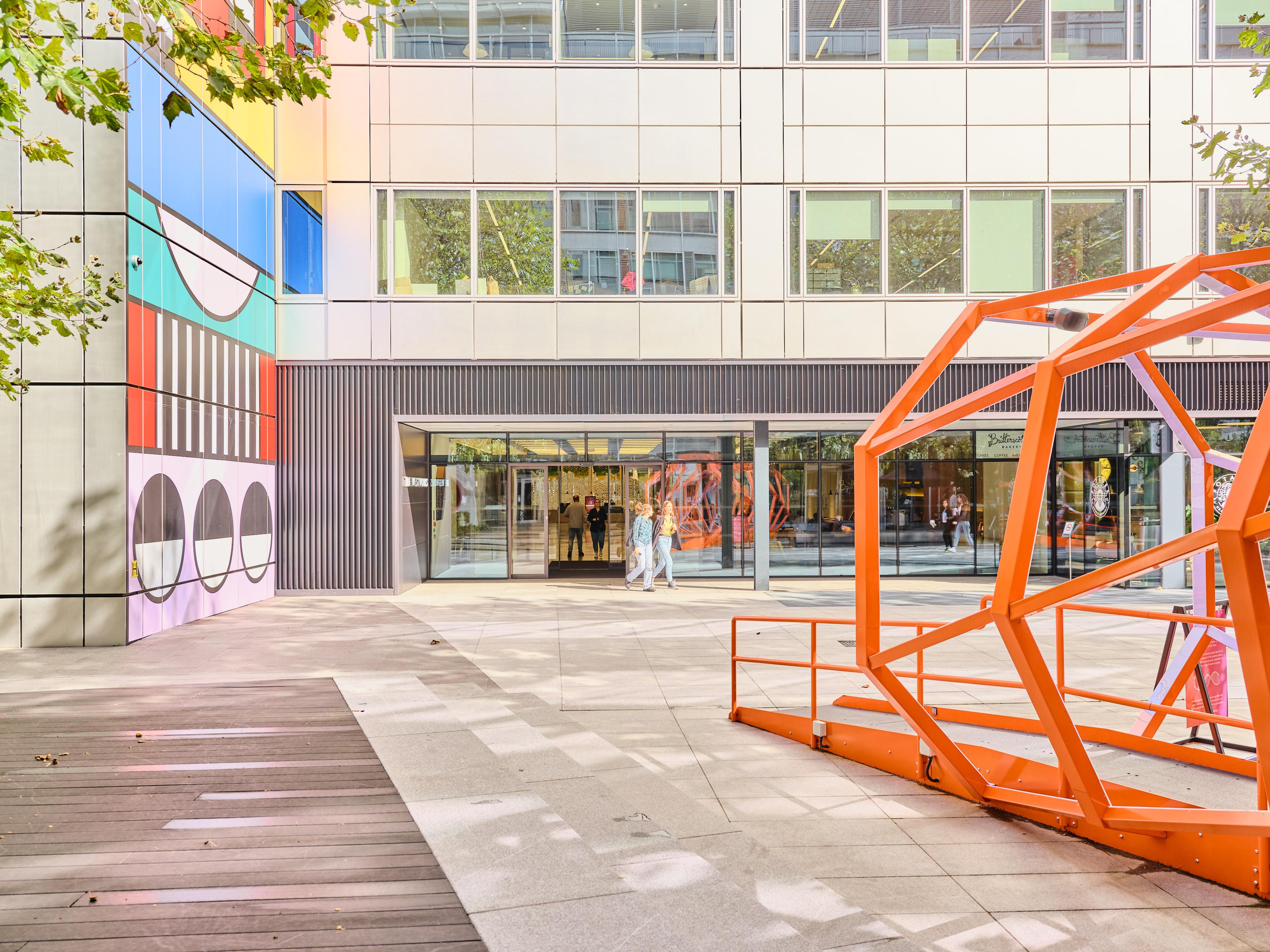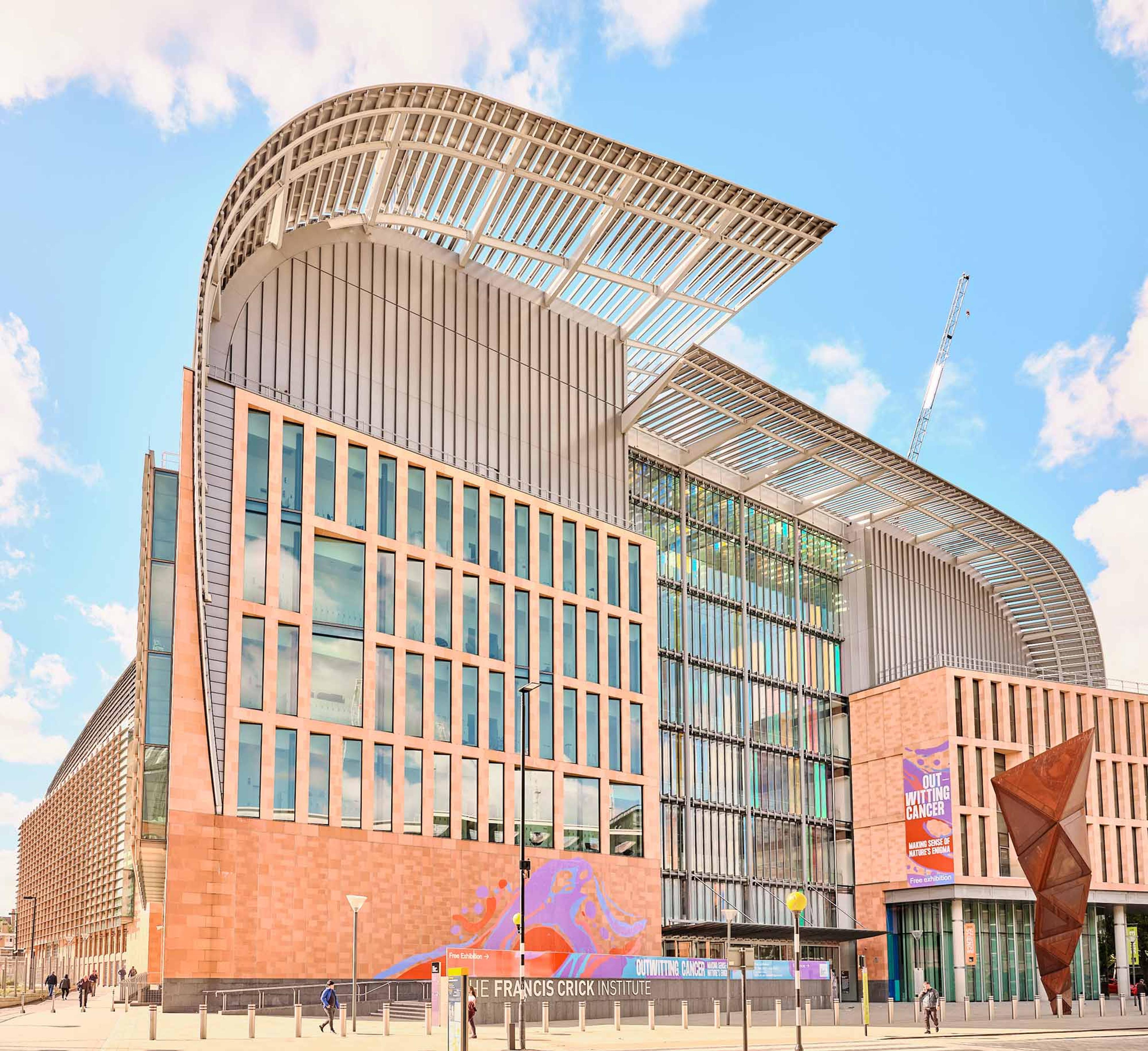Trends influencing the growth of urban labs
Page contents
Over the last decade, a series of factors and trends have come together to create the right environment for the growth of urban labs. Those factors include:
Location trends
1. Urbanisation
People in the UK want to be in cities. In the 1980s, ‘counter-urbanisation’ – where net migration was highest to the least urban areas and vice versa – was the defining feature of the country’s internal migration, but that has now reversed, and cities are once again growing. By 2050, more than 90% of people in the UK will live in urban areas.
A critical mass of jobs and opportunities in cities has meant that highly educated people are drawn to places like London. The Centre for Cities found that while the capital is home to 19% of jobs, 38% of all graduates with a first or upper second degree from a Russell Group University who moved after university, moved to London. Some 77% of graduates from London universities stay in London after graduation. As districts like King’s Cross grow, it's likely that graduates and experts in biosciences will pursue work in the city in greater numbers than ever before.

Location – Drawing © Stuart Blower
2. Pharmaceutical industry
Big pharma has become leaner and more focused in the last 15 years. A flurry of mergers and acquisitions in the late 1990s and early 2000s led to bloated firms with sites scattered across the globe, declining R&D productivity. The years that followed saw these major firms focus on a few areas of research and consolidate their physical footprint as a result, moving into key innovation biotech clusters.

White City, London. Photo © Polly Tootal.

White City, London. Photo © Polly Tootal.
The ‘hubs to hotspots’ model has helped drive the growth of London’s biotech clusters. Novartis moved to White City in 2018, while GlaxoSmithKline (GSK) anchored itself in King’s Cross. On Novartis’s move to White City, the company’s UK President, Haseeb Ahmad, said: “The nature of healthcare and medicine is changing, and as we pivot towards becoming a focused medicines company, powered by digital and data, we want to be closer to our customers and partners and become better networked in the healthcare and life science ecosystem.” Dr Hal Barron, Chief Scientific Officer at GSK, said of the company’s move to King’s Cross: “We are convinced that both the talent and the ecosystem will help us build a very vibrant hub.”
As the 2015 Drug Discovery Today report “The changing model of big pharma” noted, the hotspots model has led to a “much more open and collaborative model, versus the ‘not invented here’ syndrome of the hubs model.” In other words, there was less resistance to collaboration and to using each other’s research and expertise. The other consequence was that any professional in the field would gravitate toward these hubs.
3. Universities
The relationship between ‘town and gown’ has also shifted in recent decades. Campus boundaries designed for impenetrability are now becoming edges that encourage connectivity, as Prof Michael Hebbert from The Bartlett School of Planning argued in Exchange Issue No. 3.
While universities in the 20th century were established on the outskirts of towns, in places like York, Coventry and Brighton, they are now seeking to build connections with the urban areas around them.

Open spaces, active frontages on public footpaths, and shops for both the campus and the public are physical ways of bringing the two together. The greater connectivity beyond the campus boundary has been reinforced by an increased commercialisation of university-based research brought about by a growth in spin-outs. Research shows that over the last 5 years, a graduate start-up is born every 2 hours within a UK university, and 30,000 people are employed in start-ups that have spun out from UK universities.
4. Ecosystems
Universities’ active engagement with other stakeholders in the area, whether in the private sector, public sector or, indeed, with other research centres, has seen silos broken down and innovation ecosystems born in their place. We see this in King’s Cross, where the Wellcome Trust charity works closely with University College London (UCL), both playing a significant role in the Francis Crick Institute. In White City, meanwhile, Imperial College London has collaborated with venture builder Blenheim Chalcot to create Scale Space, a unique space that brings the expertise of the university and Blenheim together to help support start-ups.

The Francis Crick Institute. Photo © Polly Tootal.
Places like King’s Cross and White City have research-intensive institutions, such as a university, as the anchor around which other organisations have clustered. Mirroring the wider pharmaceutical industry, these ecosystems directly challenge the ‘not invented here’ syndrome, bringing stakeholders together for shared advances in sciences.

Science trends
1. Ageing population
Thanks to advances in science, people are living longer than ever before. By 2050, it is projected that 1 in 4 people in the UK will be aged 65 and over, an increase from approximately 1 in 5 in 2018. Meanwhile, further research that challenges the inevitability of ageing is opening doors for significantly longer lives in the future.
This presents a challenge. An ageing population means there will be more people with chronic conditions that will require more complex treatments. The NHS Health Survey for England shows that in 2016, 29% of people between 60 and 64 had 2 or more chronic conditions. For those aged 75 years and over, this rises to almost half. Research into ageing, therefore, is not just about making humans live longer; it’s about making them live longer in better health.
2. Digitalisation
The development of comprehensive health data and analytics has been a key focus for the NHS in recent years. Cambridge University Hospitals was an early mover, starting its collection of structured clinical data in 2014 to ensure its care is efficient and effective through the development of predictive models.
A government review in 2017 highlighted the transformative potential of this data, arguing that NHS patient records could increase the predictive power of algorithms to identify disease risk. It recommended closer ties between academia, charities and the commercial sector to work with national health data programmes and develop those algorithms.
The NHS’s Innovative Uses of Data team now works to get better value from its data and support the life sciences with what it collects, including direct care data, GP data and prescribing data.
3. Growth of biotech (computational science)
Advances in biology have been converging with advances in computing, data analytics, machine learning and AI. Research on the CRISPR-Cas9 genome technology, for example, has given scientists the ability to edit genes and reprogramme cells – an innovation that led to a Nobel Prize in Chemistry in 2020 for the two scientists behind it, Emmanuelle Charpentier and Jennifer Doudna. Meanwhile, technological breakthroughs have led to better mapping of molecules within cells, which is producing a better understanding of biology and how it can be engineered and manipulated.
As these fields develop, biology and technology will increasingly overlap. Biocomputing is powering technologies that interact with neural signals in the body, which are used for neuroprosthetics that can, for example, restore sight. Research is also underway on biocomputers, which can use DNA to store data more efficiently than computers can now. As the McKinsey report suggests, the concurrent development of biology and computing will accelerate R&D within the sector in coming years.
Publication
This article appeared in White Paper: Urban Labs, a look at the real estate market for the UK's fast-growing biotech sector, with a focus on the commercial migration of labs to central London.
Read more